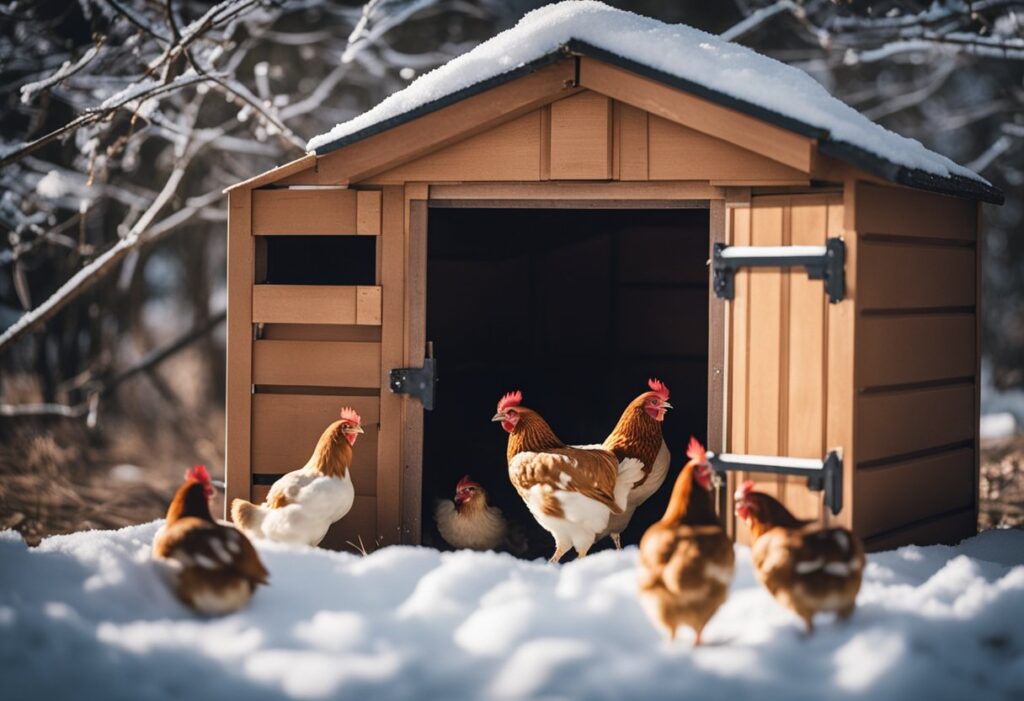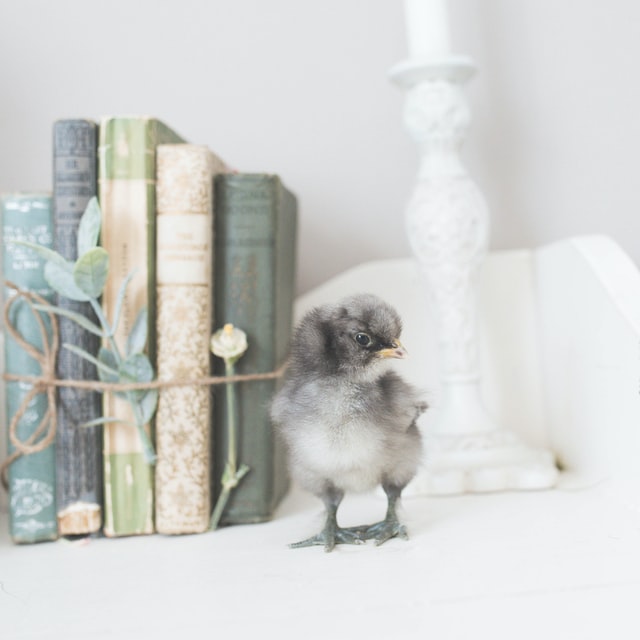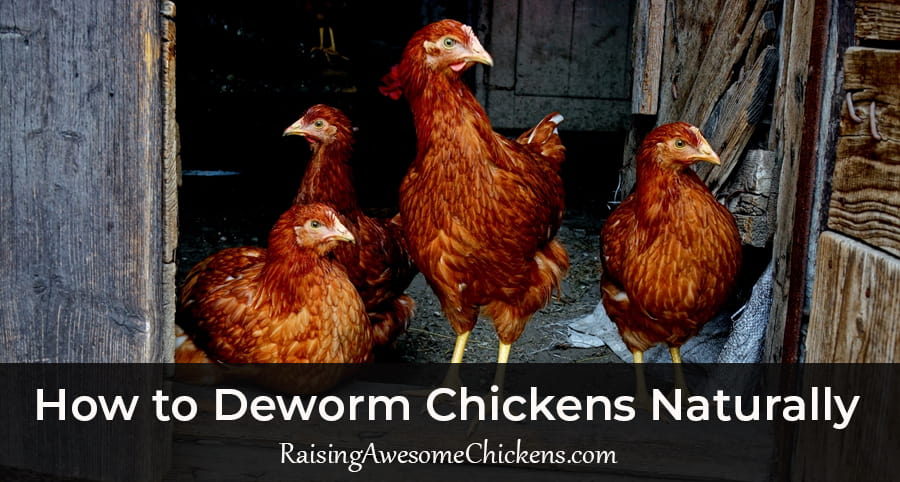Last Updated on February 24, 2024 by AwesomeChickens
Many people wonder “Can backyard chickens survive winter?” They can indeed survive winter, but their well-being during the colder months relies on proper care and preparation. As temperatures drop, these birds face unique challenges that can affect their health and egg production. Owners of backyard flocks should be aware that chickens are remarkably adaptable to a range of temperatures, thanks to their feathers which offer insulation. However, additional measures are often necessary to ensure their environment remains conducive to their survival and comfort throughout winter.
Essential winter care for a backyard flock includes providing adequate shelter, maintaining a dry and draft-free coop, and ensuring a consistent supply of fresh water and food. The coop should be designed to keep out the cold yet allow for sufficient ventilation to prevent moisture buildup, which can lead to respiratory issues in chickens. The addition of bedding materials such as straw can add insulation to the floor and help conserve heat within the structure.
Raising chickens in winter also means being attentive to their dietary needs. They require increased caloric intake during this time as they expend more energy to stay warm. Providing a balanced feed with increased protein and fat content can help meet these nutritional requirements. Additionally, ensuring the chickens have a consistent light source for about 14 hours a day can encourage continued egg laying, as shorter daylight hours typically result in a decrease in egg production.
Table of Contents
Understanding Chicken Winter Needs
To ensure the well-being of backyard chickens during winter, it is essential to understand their physiological requirements and to be aware of which breeds are best suited for colder climates.
Physiology of Chickens in Cold Weather
Chickens are equipped with a variety of adaptations that enable them to regulate their body heat during cold weather. Their feathers provide insulation, which is bolstered by a layer of down beneath the outer feathers. They are able to fluff up their feathers to trap warm air close to their bodies, effectively creating a natural barrier against the cold. Additionally, they will reduce blood flow to their extremities to maintain core body temperature and increase their feed intake to generate more body heat through digestion.
Key facts:
- Feathers serve as insulation.
- Chickens conserve heat by reducing blood flow to extremities.
- Increased feed intake corresponds to greater body heat generation.
Cold-Hardy Chicken Breeds
Some chicken breeds are inherently better able to withstand colder temperatures due to their physiological characteristics. Breeds such as the Australorp, Plymouth Rock, and Cochin are considered cold-hardy.
- Australorps: They have a dense feathering that provides excellent insulation.
- Plymouth Rock: These birds have a thick plumage and are known for their robustness in cold weather.
- Cochin: Cochins have abundant feathering, including on their feet, which helps minimize heat loss.
These breeds are also generally of a larger body size, which contributes to their ability to maintain body heat. Owners living in cold climates often prefer these breeds for their resilience to low temperatures.
When selecting a breed for colder regions:
- Look for dense feathering and larger body size.
- Consider breeds like Australorp, Plymouth Rock, and Cochin for their renowned cold endurance.
Coop Winterization Techniques
Preparing a chicken coop for winter involves ensuring adequate insulation, managing ventilation to prevent moisture buildup, and protecting the birds from drafts. These measures help provide a comfortable environment for backyard chickens during cold weather.
Insulating the Coop
Insulation is crucial for retaining heat within the coop. Owners can line the walls with materials such as foam boards or fiberglass batts. It is essential that the insulation is covered with plywood or another material to prevent chickens from pecking at it.
- Materials for Insulation:
- Foam boards
- Fiberglass batts
- Reflective bubble insulation
All materials should be securely attached and checked regularly for any damage or wear.
Managing Coop Ventilation
Proper ventilation prevents moisture accumulation and ensures a healthy air supply. Vents should be placed at the apex of the roof, allowing warm, humid air to escape without creating a direct draft on the birds.
- Ventilation Tips:
- Place vents high, near the roof
- Ensure vents are protected from rain and snow infiltration
- Regularly clear any blockages such as snow or debris
Using adjustable vents can help control the airflow based on daily weather conditions.
Protecting from Drafts
Draft-free conditions are important for chicken health, as drafts can cause stress and illness in chickens. Seal any cracks or gaps in the coop structure, particularly around windows and doors.
- Draft Prevention Methods:
- Use weather stripping around doors and windows
- Caulk any small gaps or cracks in the coop’s structure
- Ensure that the coop’s doors and windows close tightly
By implementing these winterization techniques, a backyard chicken coop can be a safe and warm environment for poultry during the winter months.
Maintaining Chicken Health and Comfort
Optimal health and comfort for backyard chickens during winter hinge on robust protection against frostbite, strategic bedding choices, and sustaining appropriate nutrition and hydration despite the cold.
Preventing Frostbite
Chickens are prone to frostbite, especially on their combs and wattles. To mitigate this risk, pet owners should apply a thin layer of petroleum jelly to these areas as a protective barrier. Ensuring the coop is well-ventilated to reduce moisture buildup, yet draft-free, helps minimize frostbite occurrences. Additionally, providing a heat source, such as a heater specifically designed for coops, can keep the temperature above freezing, further preventing frostbite.
Effective Bedding Strategies
Choosing the right bedding material is vital in keeping chickens warm and comfortable. Straw is a superior bedding choice as it is a good insulator and allows for effective composting of droppings. Owners should layer the coop’s floor with thick, dry straw and replace it regularly to maintain its cleanliness and insulation properties. The bedding should be fluffed frequently to enhance its insulating effects.
Nutrition and Hydration in Cold Seasons
Chickens require a balanced diet rich in fat and carbohydrates during the frigid months to maintain body heat and energy levels. Adding scratch grains to their regular feed in the late afternoon can help them generate more heat overnight. Fresh water is essential and must be provided in a non-frozen state. Employing a water heater or changing the water several times a day ensures continuous access to drinking water. Additionally, ensuring waterers are free of ice and clean deters the spread of disease.
By attentively employing these guidelines, owners can effectively safeguard their chickens’ health and comfort throughout the winter season.
Other Winter Care Considerations
As winter sets in, backyard chicken keepers must explore additional care aspects, particularly regarding coop environment management and maintaining hen well-being through the colder months.

Lighting and Heat Sources
Chickens naturally require about 14 hours of light to maintain consistent egg production. Shorter days in winter will often decrease laying unless artificial lighting is supplemented. A timer-controlled light can provide consistent day length, but should be gradually increased to mimic natural light patterns and prevent stress. Heating the coop can be crucial in extremely cold climates, but it’s vital to ensure any heat sources, like a heat lamp, are well-secured and monitored to prevent overheating and discomfort.
- Supplemental Lighting: 8-10 lumens per square foot.
- Light Timers: Set to provide 14-16 total hours of light.
- Heat Lamps: 250-watt bulbs are common; must be secure.
Safety Precautions Against Fire
When introducing heat lamps or other electrical heating elements, there’s always a fire hazard. Coop fires can originate from faulty wiring or from lamps being disturbed by the chickens. Ensure all wiring is insulated and that heat sources are not within reach of flammable materials. Installation of smoke detectors in or near the coop is a wise safety measure. One must always have a fire extinguisher accessible, and it’s advisable to regularly inspect all electrical devices used for signs of damage or wear.
- Secure Heat Sources: Clamp and guard heat lamps.
- Electrical Safety: Use GFCI (Ground Fault Circuit Interrupter) outlets.
- Regular Inspections: Check for damage, frayed wires, and signs of mold or moisture.
Boredom Busters and Activity Ideas
Chickens can become stressed from being cooped up due to cold weather, leading to unwanted behaviors like excessive pecking or feather molting. To help alleviate boredom: introduce hanging treats like cabbage heads or apples; integrate perches or platforms for varied roosting options; and provide loose material such as leaves or straw for foraging. These activities not only enrich the chickens’ environment but also encourage natural behaviors and exercise, which are essential for their well-being in confinement.
- Hanging Treats: Suspend cabbage or other vegetables.
- Roosting Options: Add different levels and textures of perches.
- Foraging Materials: Straw, leaves, or safe non-toxic woods chips.
These considerations can aid in successfully keeping backyard chickens through the winter, ensuring their comfort, safety, and continued productivity.




